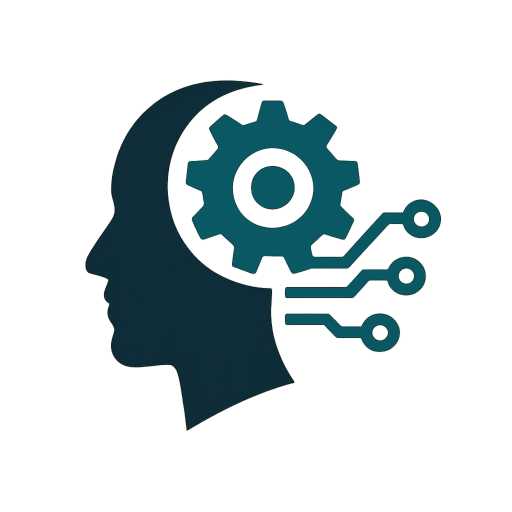The setbacks of the early AI winters weren’t the end of the story. Quietly, beneath the cycles of hype and disappointment, another revolution was unfolding — not in algorithms, but in hardware. Transistors kept shrinking. Computers kept getting faster, cheaper, and more powerful. That steady march of progress didn’t just give us smaller laptops and faster video games; it reset the ceiling on what artificial intelligence could attempt.
This is the story of how physics, silicon, and engineering kept the dream of machine intelligence alive.
The Rule That Changed Everything
In 1965, Gordon Moore, co-founder of Intel, observed that the number of components on a silicon chip was doubling at a predictable rate. What started as an observation turned into an expectation: every couple of years, computers would become dramatically more capable while their cost fell.
This simple principle — Moore’s Law — was the tide that lifted all of computing. Each new generation of chips allowed researchers to attempt ideas that once looked impossibly expensive or slow.
When Faster Wasn’t Free Anymore
For decades, faster chips meant higher clock speeds almost automatically. Each shrink in transistor size made it possible to run processors faster without burning holes through the circuit boards. But by the mid-2000s, that free ride ended. Power consumption and heat became hard limits.
The industry pivoted. Instead of one ever-faster core, chips began sprouting multiple cores, designed to work in parallel. It was a shift from “push the clock higher” to “do more at the same time.” This change would later prove critical for artificial intelligence.
Parallelism Finds Its Match
Parallelism wasn’t new, but a certain kind of hardware made it suddenly practical: the graphics processing unit, or GPU. Originally designed to render video game graphics, GPUs excelled at performing thousands of small calculations at once.
When researchers realized that the math inside neural networks was basically the same kind of linear algebra GPUs were built for, everything clicked. Training that would have taken months on a CPU could be done in days on a GPU.
At the same time, enormous datasets became available — fuel for training. The combination of cheap parallel compute and abundant data created the perfect conditions for breakthroughs.
The Rise of Specialized Silicon
As AI workloads grew, even GPUs weren’t enough. Companies began designing chips tailored specifically for machine learning. Google’s Tensor Processing Unit was one of the first, but it was only the beginning. Specialized accelerators, now found in cloud data centers and even smartphones, brought huge efficiency gains.
Where once researchers had to wait weeks to test an idea, they could now iterate in hours. Hardware had turned into a force multiplier for creativity.
What Hardware Really Gave AI
- Scale: Training on millions — and eventually billions — of examples became realistic.
- Speed: Faster turnaround meant researchers could refine ideas quickly.
- Possibility: Entire classes of models that were once only theoretical became achievable.
Moore’s Law and its successors didn’t make algorithms smarter. But they opened doors, giving AI the raw capacity it needed to grow.
Where We Stand Today
The original spirit of Moore’s Law has slowed. Shrinking transistors is harder and costlier than ever. But progress continues through clever design: stacking chips in three dimensions, stitching them together like Lego bricks, and building domain-specific processors that excel at narrow but vital tasks.
The exponential curve looks different than it did in the 1970s, but its effect is the same — machines keep getting more capable, and with them, the scope of AI keeps expanding.
Conclusion: The Rising Tide
If Parts 1 through 4 explored the ideas that sparked the dream of intelligent machines, Part 5 is the story of the infrastructure that made them possible. Each leap in hardware capacity reshaped the frontier of what AI could do.
